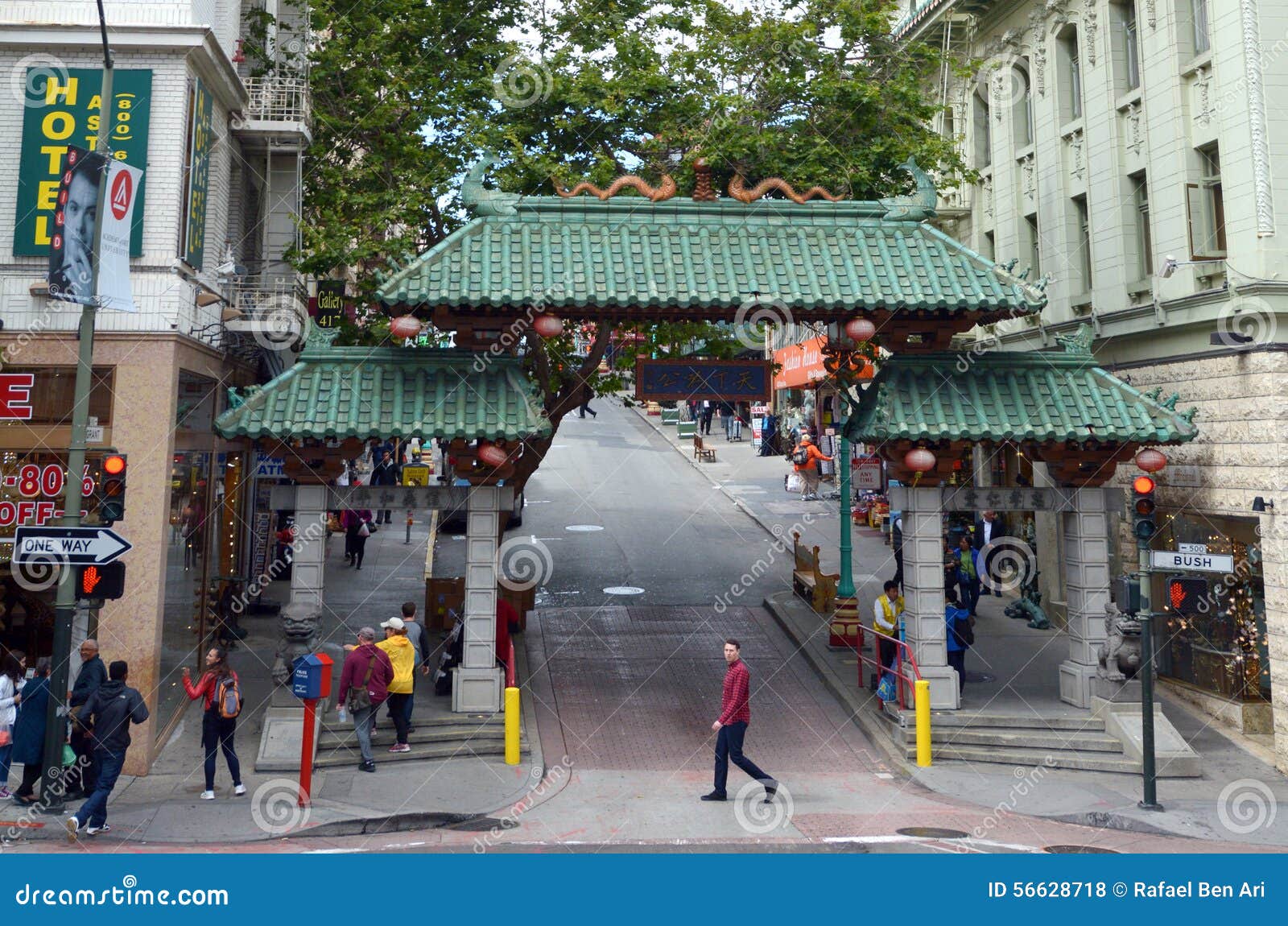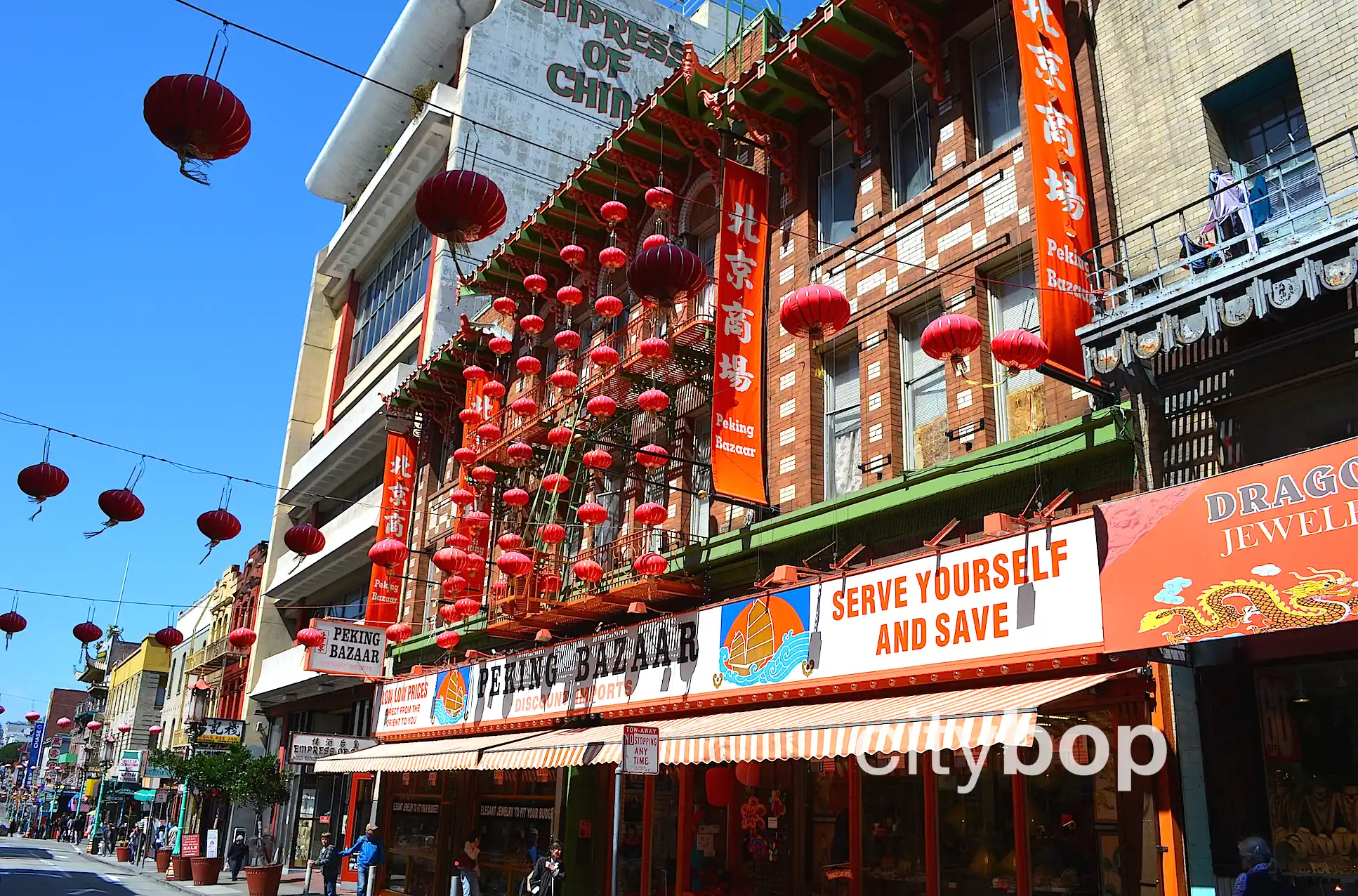Chinatown San Francisco, a vibrant tapestry woven from centuries of immigration, cultural preservation, and economic dynamism, stands as a testament to the enduring spirit of its community. This historic district, nestled within the heart of San Francisco, offers a captivating blend of tradition and modernity, a microcosm of Chinese culture thriving amidst the backdrop of American life. From its humble beginnings to its current status as a major tourist destination and economic hub, Chinatown’s journey is one of resilience, adaptation, and the unwavering pursuit of cultural identity.
This exploration delves into the multifaceted layers of Chinatown San Francisco, examining its historical evolution, cultural richness, economic contributions, and the ongoing social and political challenges it faces. We will uncover the stories of early immigrants, the evolution of its architecture, and the diverse businesses that contribute to its unique character. The narrative will also address contemporary issues impacting the community, providing a comprehensive understanding of this iconic neighborhood.
A History of San Francisco’s Chinatown
San Francisco’s Chinatown, the oldest and largest Chinatown in North America, boasts a rich and complex history shaped by waves of immigration, economic shifts, and social struggles. Its story is one of resilience, adaptation, and the enduring power of community in the face of adversity.
Early Development and Immigration Waves
The establishment of San Francisco’s Chinatown began in the mid-19th century, following the California Gold Rush. The initial influx of Chinese immigrants, primarily from Guangdong and other southern provinces of China, was driven by the promise of economic opportunity. However, these early immigrants faced intense discrimination and prejudice, exemplified by the passage of the Chinese Exclusion Act of 1882, which severely restricted Chinese immigration for decades.
Despite this, the community persevered, establishing businesses, temples, and social organizations that formed the foundation of Chinatown.
Subsequent waves of immigration, though impacted by restrictive laws, continued to shape the community’s demographics and culture. Each wave brought unique traditions, dialects, and perspectives, contributing to the rich tapestry of Chinatown’s identity.
Challenges Faced by Early Immigrants
The early Chinese immigrants faced numerous challenges, including rampant anti-Chinese sentiment, economic exploitation, and limited access to resources. They were often subjected to violence, discrimination in employment and housing, and legal limitations that hampered their ability to fully participate in American society. The creation of segregated neighborhoods, like Chinatown, was a direct result of this systemic prejudice.
Compared to other immigrant groups arriving in San Francisco during the same period, Chinese immigrants faced significantly harsher restrictions and more overt hostility. While other groups, such as the Irish and Italians, also experienced prejudice, the anti-Chinese sentiment was particularly virulent and long-lasting, fueled by xenophobia and economic anxieties.
Cultural Traditions and Practices, Chinatown San Francisco
San Francisco’s Chinatown is a vibrant showcase of Chinese culture. Traditional practices, festivals, and beliefs are integral aspects of daily life. The community maintains strong ties to its ancestral heritage through language, religion, family structures, and various cultural expressions.
Traditional Festivals and Celebrations
Chinatown’s calendar is filled with vibrant celebrations. Lunar New Year, arguably the most significant, is marked by parades, lion dances, firecrackers, and family gatherings. Other important festivals include the Mid-Autumn Festival, with its mooncakes and family reunions, and the Dragon Boat Festival, commemorating the poet Qu Yuan.
Language, Religion, and Family Structures
Cantonese and other Chinese dialects remain important languages in Chinatown, reflecting the community’s diverse origins. Buddhism, Taoism, and Confucianism play significant roles in shaping the spiritual and ethical landscape. The family unit remains a cornerstone of Chinatown’s social structure, with strong emphasis on filial piety and intergenerational support.
Chinatown’s Architecture

Source: dreamstime.com
The architecture of San Francisco’s Chinatown is a testament to its history and cultural heritage. The buildings, ranging from traditional Chinese-style structures to more modern adaptations, reflect the community’s evolution over time. Different sections of Chinatown showcase distinct architectural styles.
| Style | Location | Description |
| Traditional Chinese | Grant Avenue | Ornate facades, decorative rooflines, and intricate carvings. |
| Modern Commercial | Stockton Street | Functional designs incorporating modern materials and aesthetics. |
| Victorian-influenced | Peripheral areas | Blending of traditional Chinese elements with Victorian architectural styles. |
Economy and Businesses

Source: citybop.com
San Francisco’s Chinatown has a diverse and dynamic economy, built on a foundation of traditional Chinese businesses and adapted to the demands of modern tourism and globalization.
Traditional and Modern Businesses
Traditional businesses, such as herbal medicine shops, tea houses, and family-run restaurants, continue to play a crucial role in the economy. These establishments not only serve the community but also attract tourists seeking authentic cultural experiences. However, the economic landscape has also been significantly impacted by globalization and the rise of larger corporations.
Impact of Tourism and Globalization
Tourism has become a major economic driver in Chinatown, bringing both opportunities and challenges. While it provides revenue for businesses, it also raises concerns about authenticity, gentrification, and the displacement of long-standing residents. Globalization has led to the introduction of new businesses and products, while simultaneously impacting the viability of traditional enterprises.
San Francisco’s Chinatown, a vibrant hub of culture and history, often sees the passing of its elders, leaving behind a rich legacy. Information on those who have recently passed can sometimes be found in publications outside of the local San Francisco press, such as the extensive records available via the salt lake city tribune obituaries , particularly if family members relocated.
The enduring spirit of Chinatown, however, continues through its younger generations.
Prominent Businesses
- Sam Wo Restaurant: A historic restaurant known for its Cantonese cuisine and unique atmosphere.
- Beneficial State Bank: A bank founded by Chinese-American community leaders, providing financial services to the community.
- Various family-owned businesses along Grant Avenue: These shops offer a diverse range of goods, from souvenirs to traditional crafts.
Social and Political Issues
Despite its vibrant culture and economic activity, San Francisco’s Chinatown continues to face significant social and political challenges.
Housing, Poverty, and Healthcare
Issues such as affordable housing, poverty, and limited access to healthcare disproportionately affect Chinatown residents. The high cost of living in San Francisco, coupled with limited resources and language barriers, contributes to these challenges. Community organizations work tirelessly to address these issues through advocacy, resource provision, and community development initiatives.
Intergenerational Differences
Different generations within the Chinatown community have experienced vastly different realities. Older generations may have endured greater hardships due to discrimination and limited opportunities, while younger generations face new challenges related to assimilation, cultural preservation, and economic competition.
Visual Representation of San Francisco Chinatown: Chinatown San Francisco
A stroll down Grant Avenue offers a sensory feast. The air is filled with the aroma of roasting meats and exotic spices, mingling with the scent of incense from nearby temples. The sounds of Cantonese chatter, the rhythmic clang of metal from a nearby workshop, and the occasional burst of firecrackers create a vibrant soundscape. Buildings rise in a kaleidoscope of colors – vibrant reds, golds, and greens – adorned with intricate carvings and calligraphy.
The Tin How Temple
The Tin How Temple, dedicated to the sea goddess Mazu, stands as a testament to the enduring faith and cultural heritage of the Chinatown community. Its ornate architecture, with its intricate carvings and vibrant colors, reflects the richness of Chinese religious traditions. The temple’s location, its history, and its continued importance to the community underscore its significance as a landmark.
The vibrant colors and textures of Chinatown are everywhere – from the rich hues of traditional silks and fabrics to the bold strokes of calligraphy adorning shopfronts. The streets are a canvas of visual delights, reflecting the community’s enduring spirit and cultural identity.
Concluding Remarks
Chinatown San Francisco’s enduring legacy is a powerful reminder of the contributions of Chinese immigrants to the fabric of American society. While facing ongoing challenges, the community continues to thrive, preserving its cultural heritage while adapting to the ever-changing landscape of San Francisco. Its vibrant streets, bustling businesses, and rich cultural traditions serve as a beacon of resilience and a testament to the strength of the human spirit.
Understanding Chinatown’s past, present, and future is crucial to appreciating its significance within the broader context of American history and multiculturalism.
